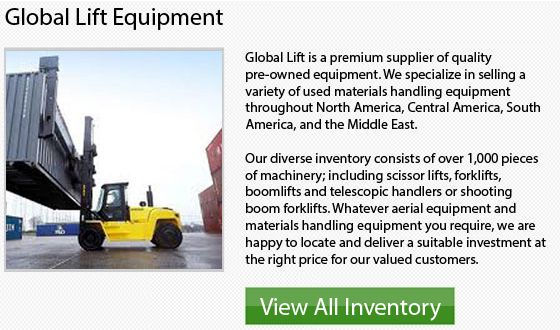
A telescopic handler or telehandler is a machinery that is well-known within the construction and agriculture businesses. These equipment are similar in appearance and function to a lift truck or a forklift but are really more like a crane instead of a forklift. The telehandler offers improved versatility of a single telescopic boom which could extend upwards and forwards from the vehicle. The operator has the ability to connect different types of attachments on the boom's end. Some of the most popular attachments consist of: a muck grab, a bucket, a lift table or pallet forks.
To be able to transport cargo through locations which are normally unreachable for a standard forklift. The telehandler utilizes pallet forks as their most popular attachment. For example, telehandlers are able to move loads to and from areas which are not typically reachable by standard forklift models. These devices could also remove palletized loads from within a trailer and position these loads in high places, like on rooftops for instance. Previously, this abovementioned situation would need a crane. Cranes can be really expensive to utilize and not always a time-efficient or practical choice.
Another advantage is also the telehandlers largest limitation: as the boom extends or raises when the equipment is bearing a load, it also acts as a lever and causes the vehicle to become quite unbalanced, despite the counterweights on the rear. This translates to the lifting capacity decreasing quickly as the working radius increases. The working radius is the distance between the center of the load and the front of the wheels.
Once it is fully extended with a low boom angle for example, the telehandler would only have a 400 pound weight capacity, whilst a retracted boom can support weights up to 5000 pounds. The same unit with a 5000 lb. lift capacity which has the boom retracted may be able to easily support as heavy as 10,000 pounds with the boom raised up to 70.
England originally pioneered the telehandler within Horley, Surrey. The Matbro Company developed these machines from their articulated cross country forestry forklifts. Initially, they had a centrally mounted boom design on the front section. This positioned the driver's cab on the machine's back portion, as in the Teleram 40 model. The rigid chassis design with the cab situated on the side and a rear mounted boom has since become increasingly more famous.